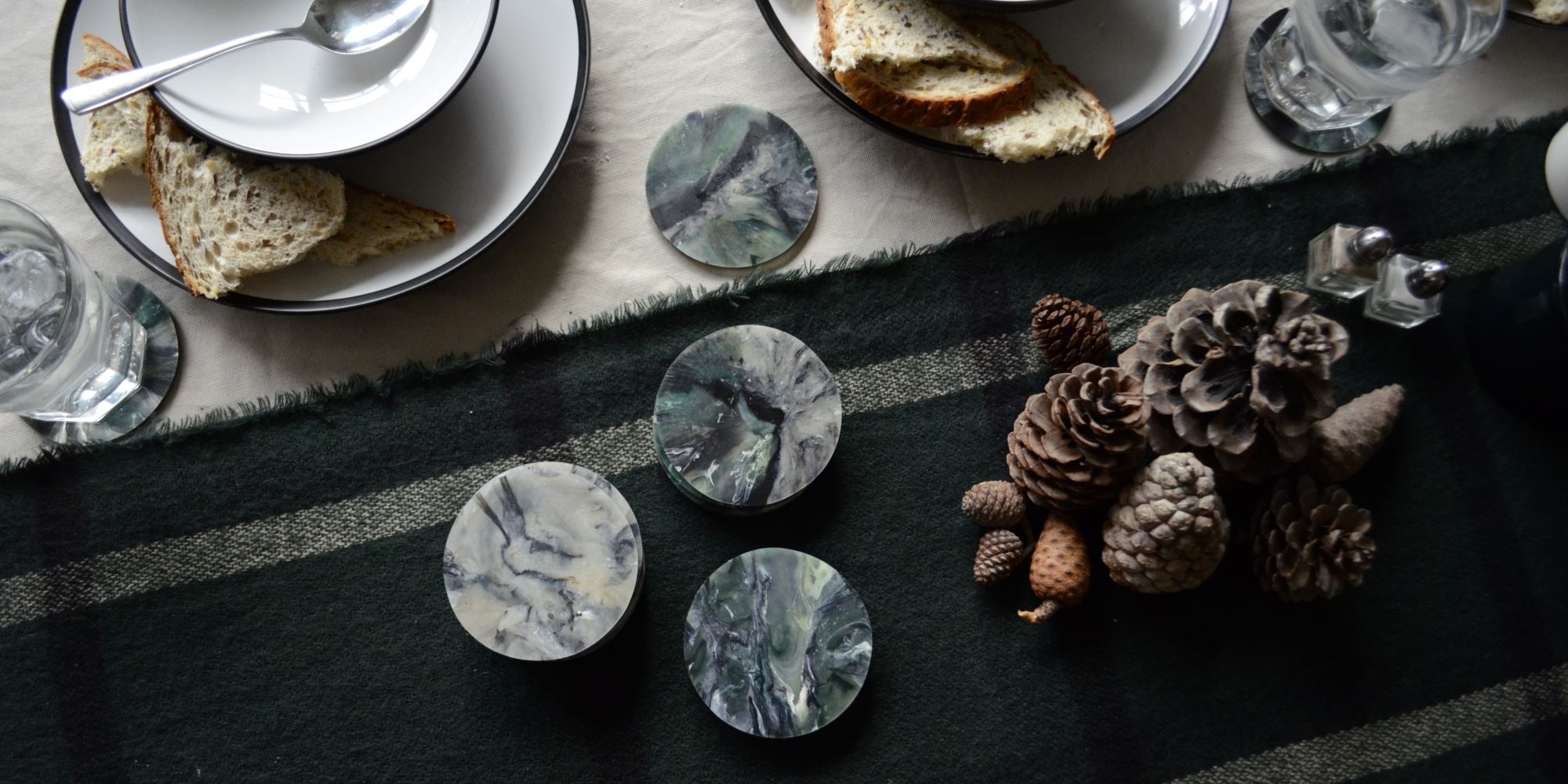It’s estimated that, since the 1950s, humanity has produced 8.3 billion tons of plastic. Almost 80% of this is sitting in landfill, or has been left to clog our seas, cities and countryside. By 2050, it is predicted plastic in the ocean will outweigh fish.
Historically, design has been a huge part of the problem, from the graphic design that lauded this miraculous material in early adverts to the product specifications that render some unrecyclable; from packaging design to industrial waste in manufacturing.
This week, the industry is taking on the problem at the London Design Festival. A series of exhibitions, talks and events will delve into the tricky – some would say codependent – relationship between plastic and design today.
As Caroline Till, co-founder of research agency Franklin Till, which is hosting an exhibition on sustainability throughout the week, explained: “Plastic is a design issue. We designed our way into it and we have to design our way out of it.”
Material of the year
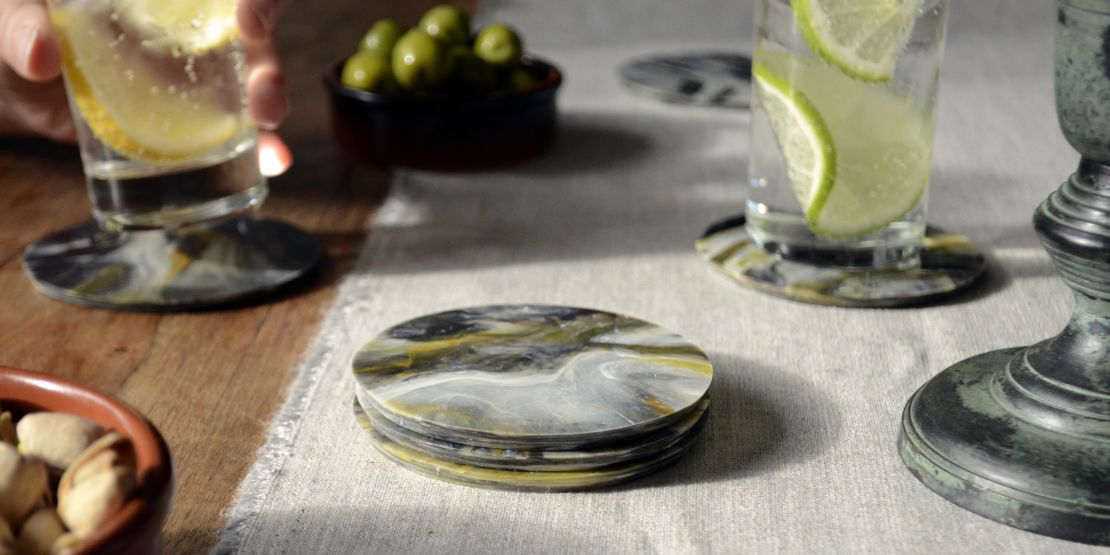
This year, the annual London Design Fair trade show has crowned plastic its material of the year, inspired by the number of young creative people using recycled plastic in their work. Plastic, ostensibly, can be used and reused in a continuous loop, and the “Beyond the Chipper” exhibition aims to highlight the best in practice.
“We decided that we would seek out the very best examples by designers who were truly treating the waste material as a new virgin material,” said London Design Fair founder Jimmy MacDonald. The goal is to increase the desirability for things made of recycled plastic and industrial waste to prevent the endless production of new plastic.
Modern Design Review magazine editor Laura Houseley shares this aim. She has co-curated the “Plasticscene” exhibition, which brings together 13 designers working at the limited-edition (read: luxe) end of the design market.
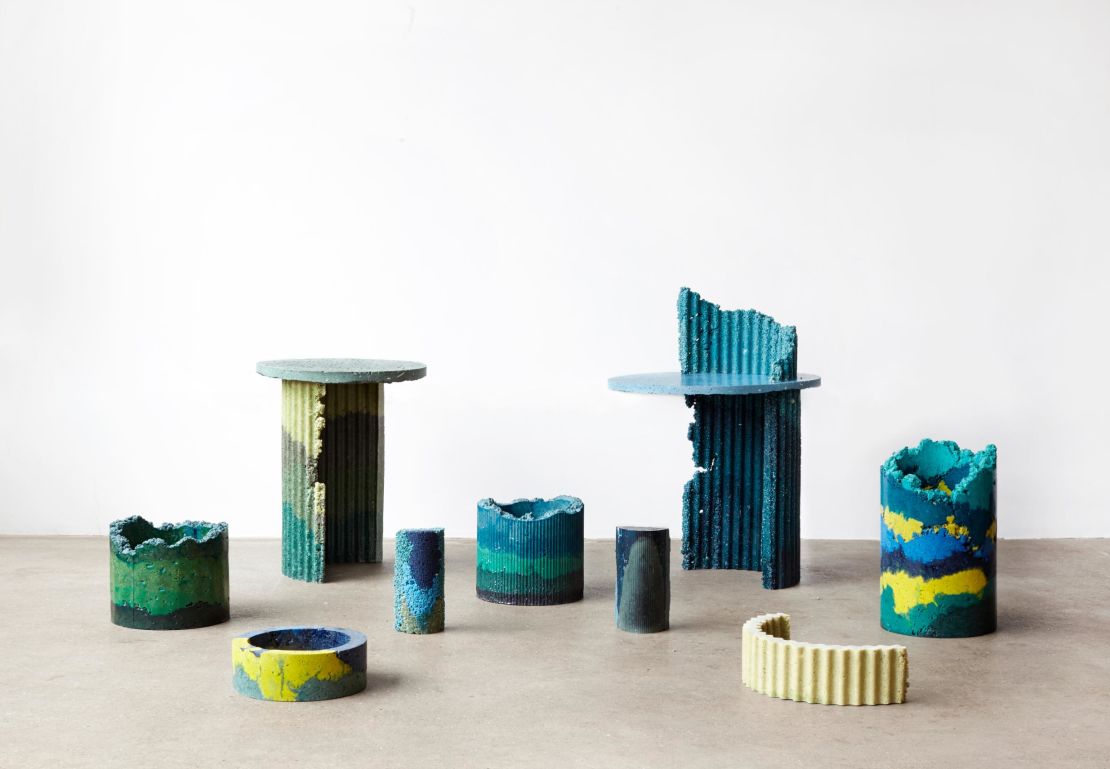
“We wanted to demonstrate that objects can be made of plastic don’t have to look like plastic,” she says. “The key point being that it is waste plastic, not virgin plastic.”
But, while the ambitions are firm, are these shows not somehow glamorizing the use of plastic – recycled or otherwise? And isn’t showing these things at a series of London-wide trade fairs, themselves bastions of plastic poles, banners, carpets, brochures, tote bags and lanyards – slightly problematic?
“We are delighted to glamorize plastic when it’s put to good use,” said MacDonald, adding that, this year, the fair has reduced its use of nylon carpet by 40%. “We do everything we can.”
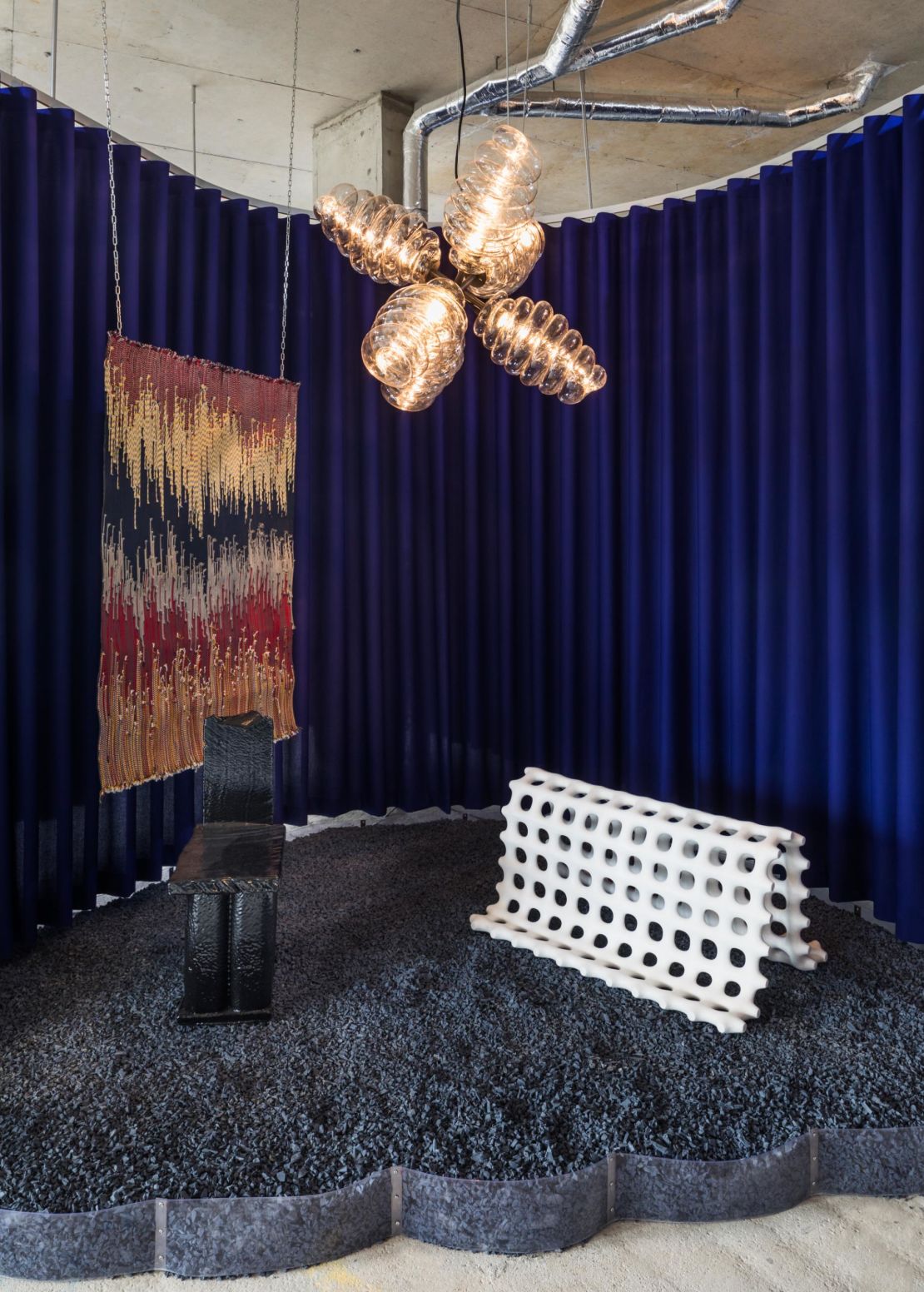
Changing perceptions
The most ambitious efforts remain largely at grassroots level, with emerging design studios leading the way, rather than the established furniture brands that have historically been responsible for elevating the desirability of clear, clean, first-use plastic in design. The recent anti-plastic movement puts them under unique pressures.
“The new green consciousness launches new challenges to companies,” said Lorenza Luti, marketing and retail director at the Italian plastic design manufacturer Kartell. “It’s not just a matter of creating a product that sounds green. It involves the whole manufacturing process.”
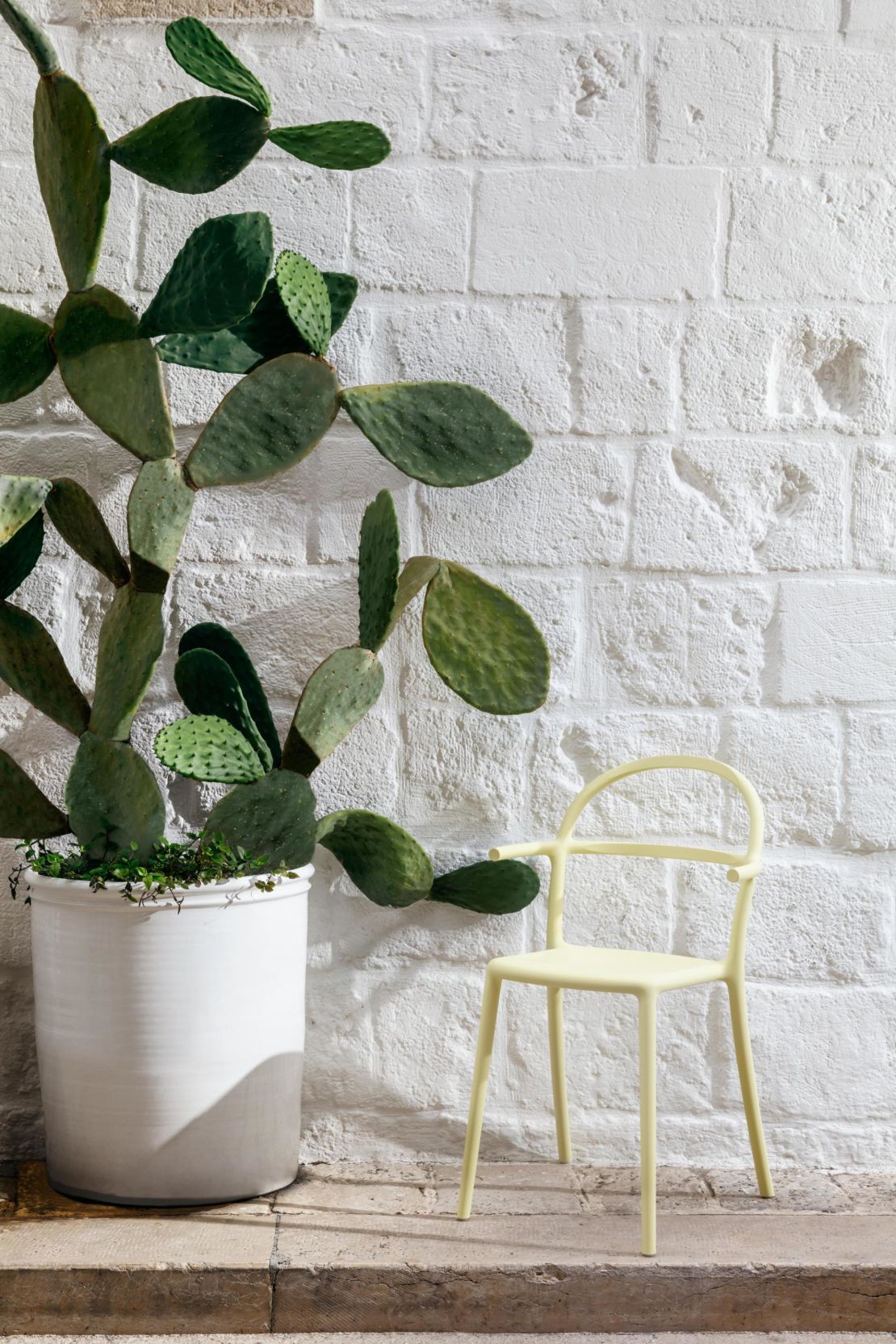
Kartell is responsible for the cultish Ghost chair by Philippe Starck and the curvy Componibili cabinet, both as iconic as plastic design gets. Kartell will launch three chairs this week, all by Philippe Starck and all plastic.
While all of their pieces are recyclable, Kartell does not use recycled plastic. That, Luti says, will not change. “(Recycled plastic’s) final output does not guarantee the quality and perfection we want to achieve for our product,” she explains. “The raw material must be pure in order to have quality processing.”
This extends the ongoing problem with plastic in design. Furniture design links virgin plastic with luxury. Packaging design equates new plastic with hygiene. Can these ingrained codes be broken? A handful of brands are certainly trying.
Danish textile maker Kvadrat creates its Ace fabric, which was incorporated into the “Plasticscene” set, from recycled polyester. And earlier this summer, Swedish carpet manufacturer Bolon patented NoGlue, its answer to the adhesive that makes many floor coverings unrecyclable. It will be on display at the Designjunction showcase (part of the London Design Festival) this week.
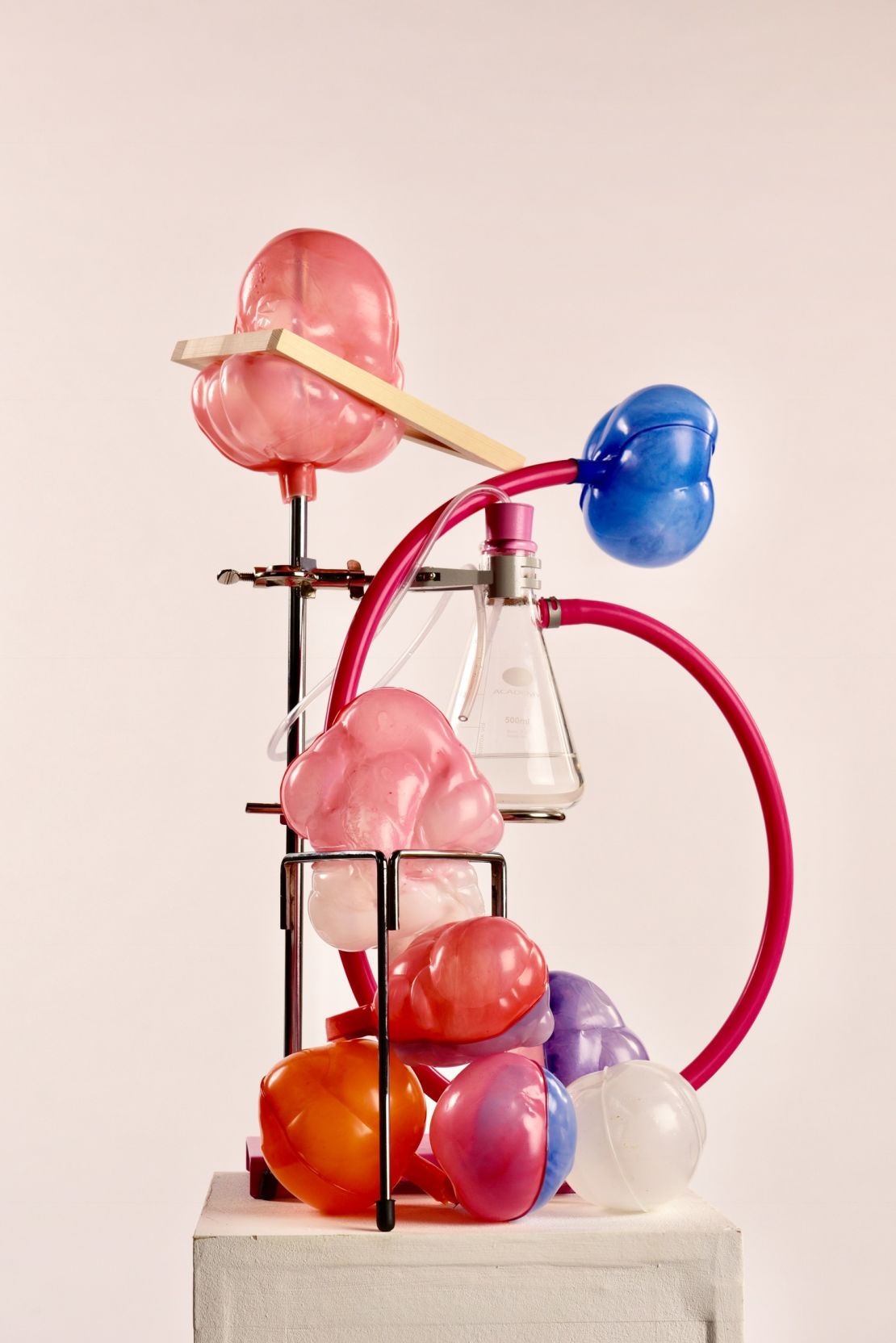
“Brands are realizing there’s credibility to be earned by removing plastic from their ecosystem,” says MacDonald. “I think the topic will be attacked from two angles. Consumers won’t want it and brands will pat themselves on the back for removing it from their manufacturing.”
Design is front and center in each instance. In collaboration with science and engineering, we may design ourselves out of the problem after all.
The London Design Fair is on Sept. 20-23, 2018.
